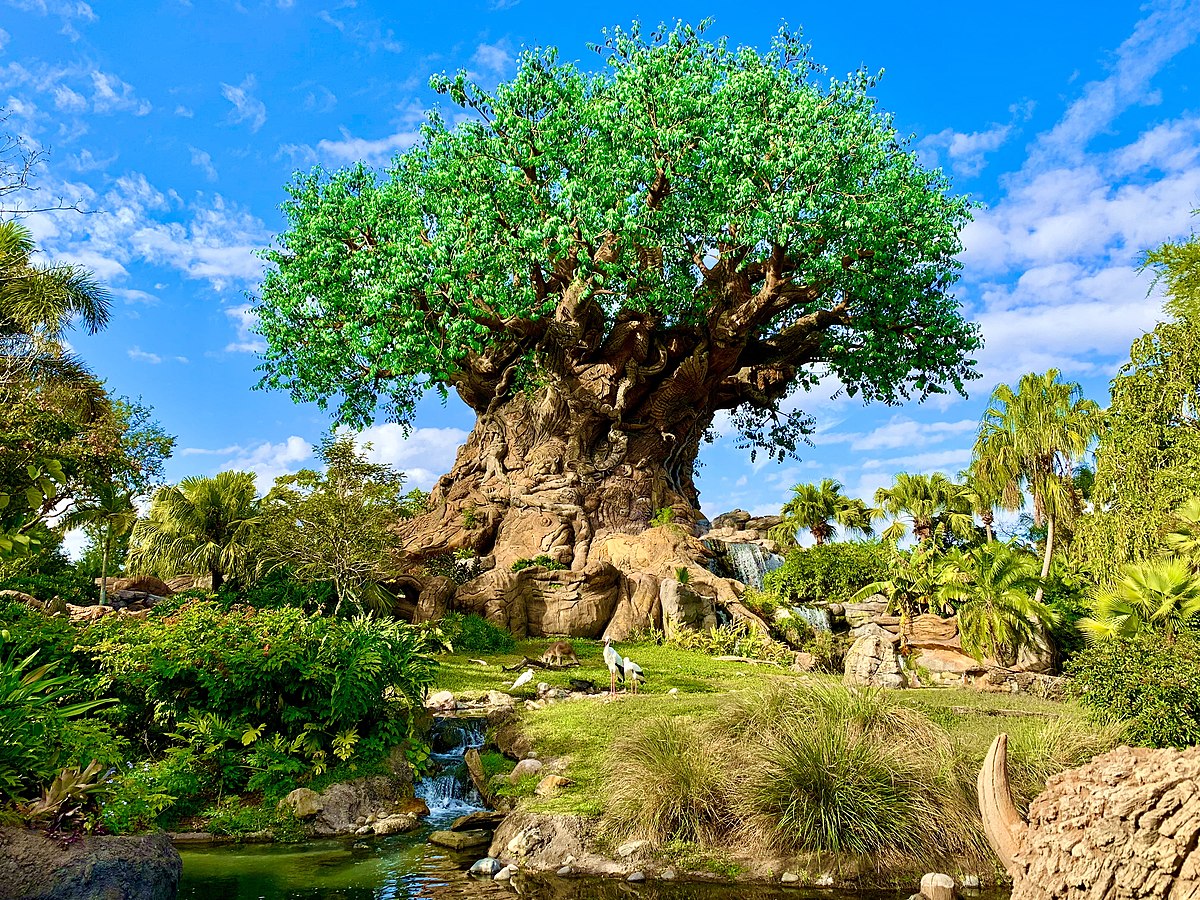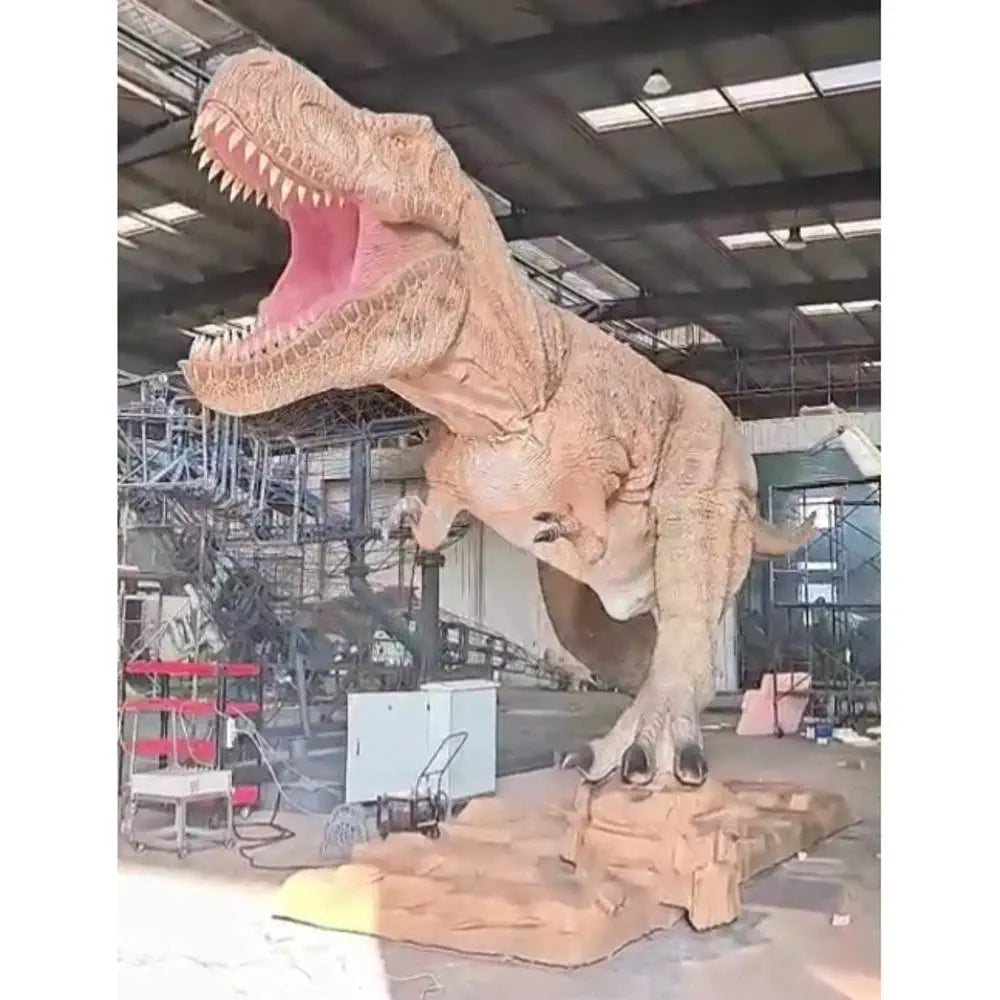James Cameron’s Avatar, launched in 2009, immediately stood out due to its revolutionary visual components. Although numerous movies have utilized cutting-edge technologies to improve narrative, Avatar captures interest with its intricate visual communication. Every aspect, from the color schemes to the aesthetic decisions, is meticulously arranged to move audiences from earthly existence to the stunning moon of Pandora. This analysis examines the particular visual characteristics that establish Avatar as a lasting filmic marvel.
Revolutionary Use of 3D Technology
Perhaps the most publicized visual innovation in Avatar is its pioneering implementation of stereoscopic 3D. Rather than serving as a mere gimmick, the 3D technology is woven into the very fabric of the storytelling. The unprecedented depth of field immerses audiences in every scene, whether soaring through Pandora’s sky upon a banshee or navigating its bioluminescent forests. The meticulous staging in three dimensions heightens spatial awareness and emotional engagement. Data from the film’s production reveals that, over the course of four years, proprietary cameras and software were developed specifically for this project, underscoring the centrality of visual immersion to the film’s identity.
Masterful World Creation: Pandora’s {{Flora}} and {{Fauna}}
Avatar extensively uses environmental narrative, with Pandora acting as a vibrant, sentient entity. The moon’s landscape—featuring a mix of levitating peaks, dense jungles, and luminous plant life—is inspired by actual botanical and zoological principles, yet enhanced by creative design. Every plant, including the colossal Hometree and the conscious Woodsprites, is intricately depicted with vivid hues and fluid animation. The hidden tree canopies and elaborate ground cover add levels of visual intricacy, a result of botanists, designers, and digital artists working together. Indigenous animals—such as the Direhorse and the Banshee—generate a sense of both recognition and extraterrestrial marvel by fusing terrestrial anatomy with unique characteristics, solidifying Pandora’s alien biological system.
Bioluminescence and the Spectrum of Illumination
One of the film’s most iconic visual identifiers is its extensive use of bioluminescence. Dayscapes in Pandora are marked by dense, oversaturated greens and blues, but by night, the world transforms. The forests pulse with radiant purples, pinks, blues, and greens, achieved through advanced rendering techniques and an acute understanding of color theory. These bioluminescent effects are not simply decorative; they contribute to the Na’vi culture, guiding rituals and signifying spirituality. For instance, the Tree of Souls not only visually dominates but also encapsulates thematic resonance—serving as both a visual spectacle and a narrative locus.
Character Design and Motion Capture
The Na’vi stand as a monumental accomplishment in the realm of digital character design. Their extended limbs, cat-like characteristics, and glowing skin designs are immediately unforgettable. These attributes go beyond simple cosmetics; advanced motion-capture techniques enable the performers’ emotional subtleties to be accurately transferred to their digital representations. The breakthrough in facial capture is vital—slight expressions, eye movements, and physical gestures communicate genuineness, thereby reducing the well-known ‘uncanny valley’ phenomenon. Underlying this flawless execution is a massive logistical undertaking: over 60% of the movie consists of computer-generated figures engaging interactively with both virtual and live-action components.
Attire and Societal Indicators
Visual detailing extends deeply into costume design for both the Na’vi and human characters. The Na’vi’s attire features woven textiles, natural leathers, feathers, and bioluminescent beads, each reflecting their spiritual connection to the land. This echoes real-world indigenous cultures while blending imaginative fantasy elements, providing a visual shorthand for cultural depth. Human characters—specifically the soldiers and scientists—are defined by utilitarian exosuits, lab wear, and mechanized armor, underscoring the thematic conflict between nature and technology and illustrating the difference between human and Na’vi worldviews visually.
Environmental Composition and Cinematic Framing
The visual storytelling in Avatar carefully portrays Pandora’s magnificence using expansive establishing shots and detailed close-ups. Broad-view panoramas showcase the breathtaking elevation of the Hallelujah Mountains, utilizing their sheer size to evoke both wonder and a feeling of smallness. Cameron utilizes fluid camera work to mimic flight and compose action scenes, generating a vibrant energy that immerses viewers in the environment. Significant moments employ illumination and darkness, highlighting the contrast between Na’vi tranquility and the stark, unfeeling human settlements, offering a visual narrative that reinforces central messages.
Blending Practical and Digital Effects
The combination of practical and digital effects ensures that Pandora’s setting appears tangible instead of completely artificial. Actual sets are integrated with computer-generated additions, enabling live performers to engage authentically with their environment. This mixed methodology is evident in close-up shots of forest grounds, where actors’ hands touch digital plant life that reacts instantly, grounding the visual illusion in physical existence.
Influence on Other Media and Popular Culture
The distinctive visual style created by Avatar has left its mark on video games, amusement park rides, and later movies. For instance, the captivating areas within prominent theme parks replicate Pandora’s luminous landscapes, showcasing the movie’s enduring visual influence. Other directors have referred to Avatar as a standard for seamlessly blending computer graphics with live action on a grand scale, employing it as a measure for technical aspiration and narrative presentation.
A Lasting Visual Legacy
Every visual choice in Avatar integrates cutting-edge technology and imaginative world-building to create a sensory-rich experience. The film’s cohesive palette, intricate character work, and innovative use of light are carefully layered, drawing viewers deeper into its ecological parable. Through these elements, Avatar has not only shaped the evolution of visual effects but also redefined expectations for cinematic immersion, demonstrating the enduring power of artistry harmonized with technology.



